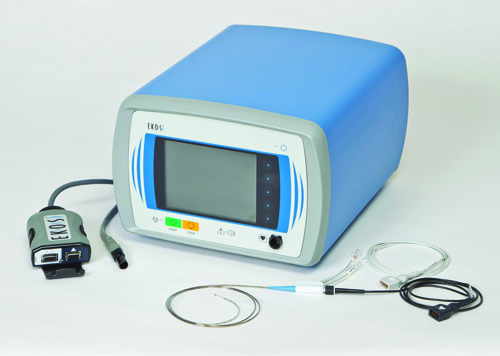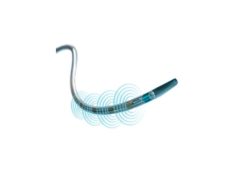
The first Hong Kong-based patients diagnosed with pulmonary embolism have been treated using the newly available BTG EKOS system. The EKOS system includes an ultrasonic device that uses acoustic pulses to quickly and safely dissolve blood clots and restore blood flow in patients with pulmonary embolism, deep vein thrombosis, and peripheral arterial occlusions.
According to a press release, the EKOS system uses acoustic pulses to unwind and thin fibrin on clots to expose drug receptor sites, allowing the drug to reach deeper, accelerating absorption and helping to dissolve the clot faster and with less thrombolytic.
Luk Wing Hang, consultant radiologist at the Princess Margaret Hospital, Kwai Chung, Hong Kong, performed the procedure on one of the patients. He comments, “Prevalence of fatal pulmonary embolism was 0.21% (1964-74), 1.08% (1975-79), 1.83% (1980-84), 2.77% (1985-90), and 4.7% (1990- 94) and the trend has been found to be increasing year after year with the percentage approaching western countries’ occurrence rate.” According to Luk, the patient treated with the EKOS system was clinically stabilised with no desaturation or shortness of breath, and their blood pressure was back to normal.
Later, in the same week, another case of submassive pulmonary embolism was treated just eight miles away at the Prince of Wales Hospital, Sha Tin, where interventional cardiologist Bryan P Yan was treating physician. “The EKOS system enables much lower and safer doses of thrombolytic drugs to be used which significantly reduces the risk of major bleeding. The device is currently the only US FDA-cleared, minimally invasive endovascular therapy for pulmonary embolism. Our patient’s condition was improved significantly after 12 hours of ultrasound assisted thrombolysis with the system. His breathing and blood pressure were improved and his grossly dilated right heart returned to nearly normal size and he was successfully discharged home,” adds Bryan P Yan.












